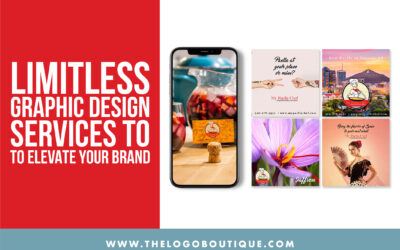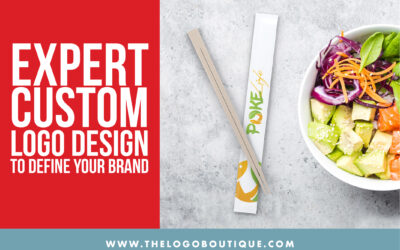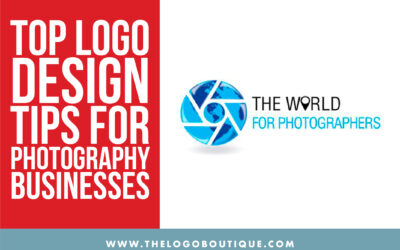Understanding Your Audience
Before delving into the world of iconic toy logos, it’s crucial to understand the target audience – children. The key to designing a great children’s toy logo lies in appealing to their sense of wonder, imagination, and playfulness. Here are some key considerations:
1. Simplicity is Key
Children are drawn to simplicity. A cluttered or overly complex logo may not resonate with them. Keep the design clean, uncomplicated, and easy to recognize. Think about logos like LEGO, which uses bold, simple lettering and a bright color palette to captivate young imaginations.
2. Color Psychology
Colors play a vital role in designing for children. Bright, vibrant colors are not only visually appealing but also stimulate creativity and enthusiasm. Consider the playful use of colors in logos like Fisher-Price, where primary colors are used to create a cheerful and inviting atmosphere.
3. Incorporate Playfulness
Toys are all about play, so it makes sense to infuse a sense of playfulness into the logo design. Think about how the iconic Play-Doh logo incorporates whimsical lettering and the idea of molding and shaping, appealing directly to a child’s imagination.
4. Iconic Characters
Many successful toy logos feature iconic characters that children can relate to and connect with emotionally. For instance, the Barbie logo includes an image of the beloved doll, instantly creating a connection and recognition.
Now, let’s take a look at some of the most famous toy logos that have mastered these principles:
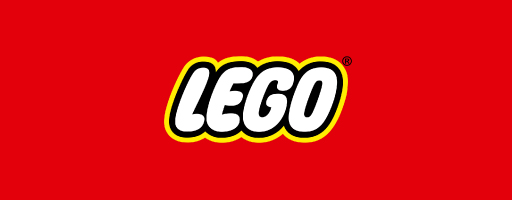
1. LEGO
The LEGO logo is a prime example of simplicity and color psychology. The bright red, yellow, and blue bricks instantly grab a child’s attention, and the bold, uppercase lettering is easy to read and recognize. The logo reflects the limitless possibilities of building and creating, a core element of the LEGO experience.
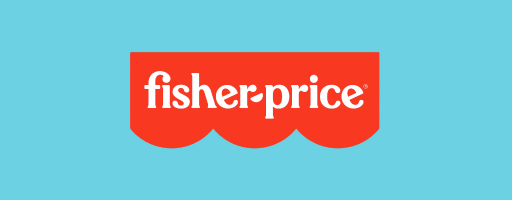
2. Fisher-Price
Fisher-Price’s logo uses a playful and friendly font, combined with a vibrant color palette of red, blue, and yellow. The colorful arches below the lettering mimic the iconic shape of the Fisher-Price toy xylophone, instantly evoking feelings of nostalgia and childhood joy.
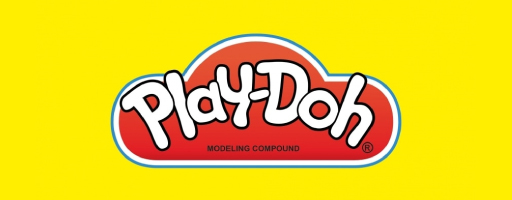
3. Play-Doh
The Play-Doh logo is a testament to incorporating playfulness. The logo features squishy, playful lettering that looks like it was formed from the modeling compound itself. The bright, primary colors add to the appeal and suggest endless creative possibilities.
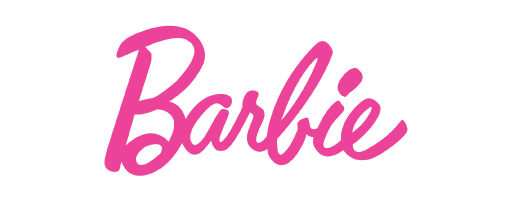
4. Barbie
Barbie’s logo incorporates the image of the iconic doll alongside elegant lettering. This combination creates a brand identity that is instantly recognizable and highly relatable for young girls who aspire to play and grow with Barbie.
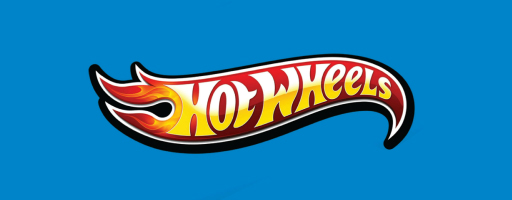
5. Hot Wheels
Hot Wheels uses a dynamic, fiery font and a bold red color to convey speed, excitement, and adventure. The logo not only represents the brand but also embodies the thrill of racing toy cars.
In conclusion, designing a great children’s toy logo requires careful consideration of the target audience’s preferences and emotions. By keeping things simple, using vibrant colors, infusing playfulness, and possibly incorporating iconic characters, you can create a logo that resonates with children and stands the test of time. Just as these famous toy logos have become timeless classics, your toy logo can leave a lasting impression on generations of young minds, igniting their imaginations and creating cherished memories.


 Team of Graphic Designers
Team of Graphic Designers Team of Graphic Designers
Team of Graphic Designers